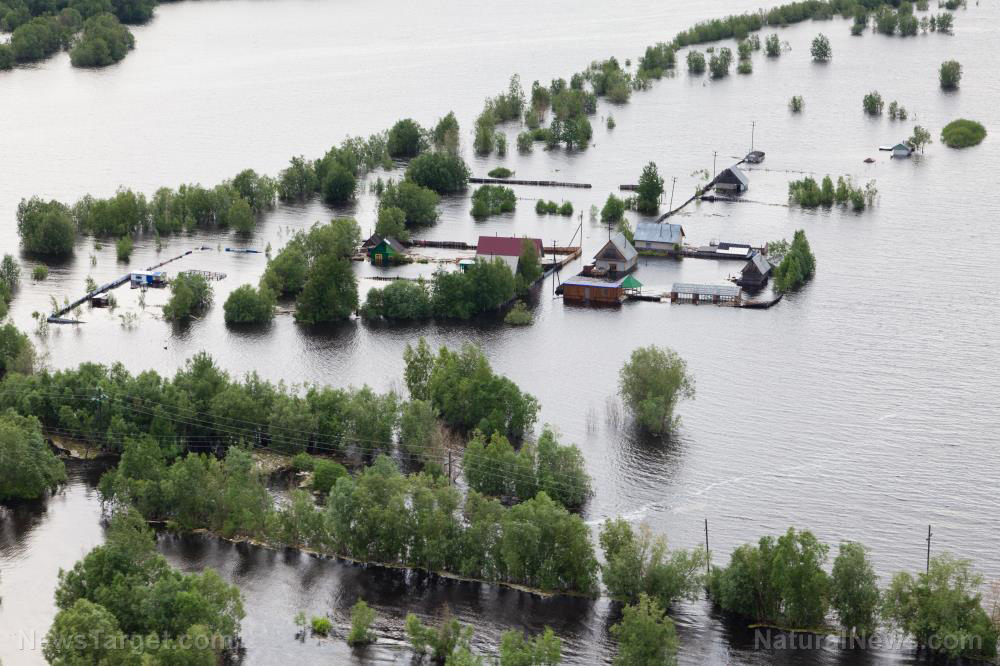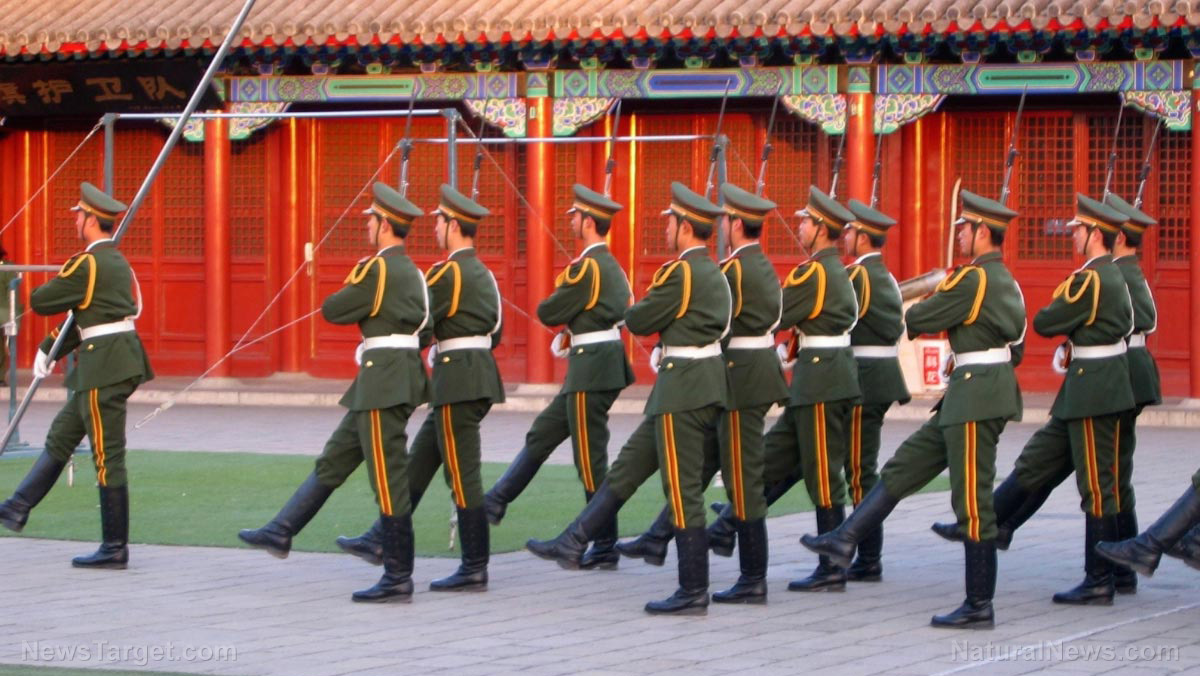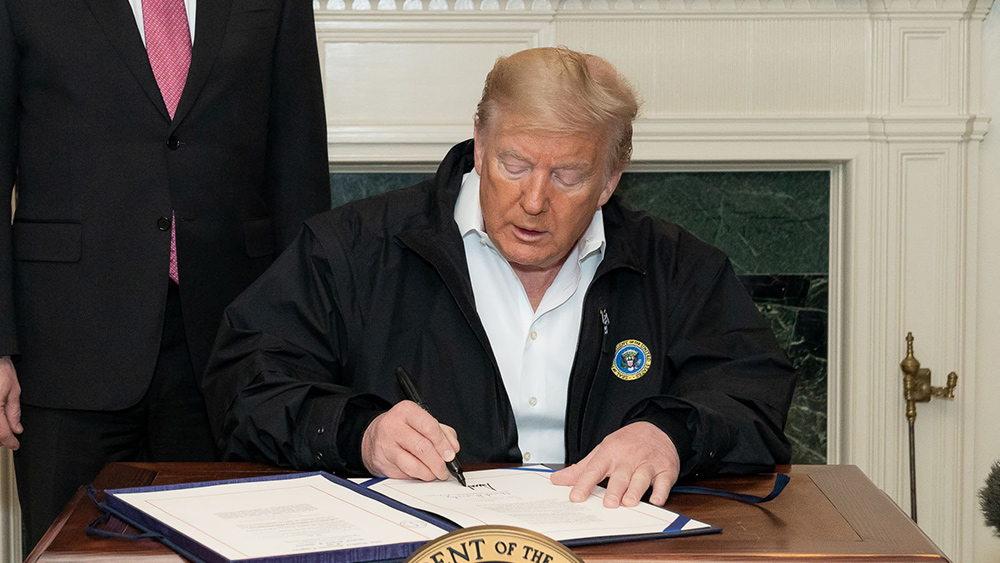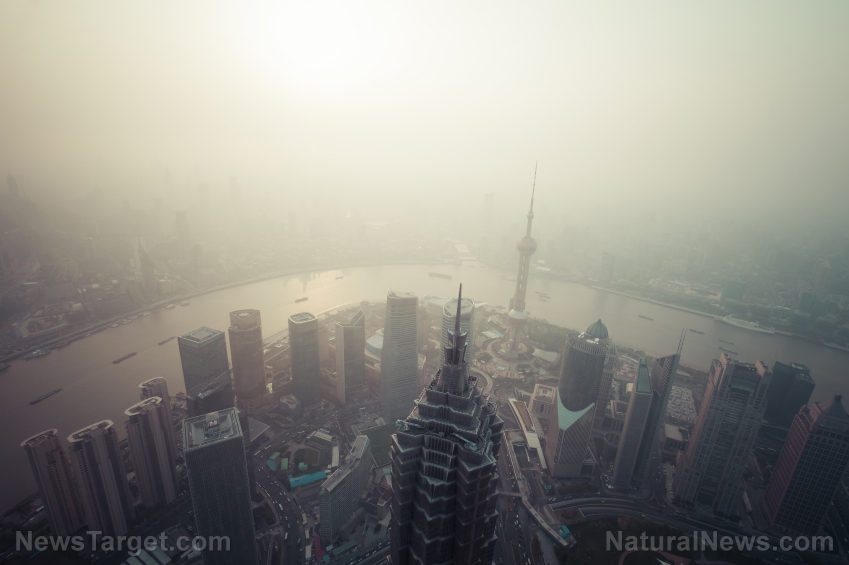China floods reach new high as officials issue grim warnings
08/21/2020 / By Ramon Tomey

Consistent rainfall over the past few months has caused the Yangtze to overflow, inundating areas in western China and displacing millions of people. However, Chinese officials warned that the recent flooding – which has reached levels unseen in decades – was far from over and that more challenges lie ahead.
The months of July and August usually bring some of the heaviest rains in China, swelling the Yangtze. In a press conference by the State Council Information Office, vice minister of water resources Zhou Xuewen said that the rainy season would carry on throughout September with very high chances of severe flooding.
According to authorities, the flooding has affected at least 63.5 million people and caused direct economic losses amounting to almost 179 billion yuan ($25.9 billion) since June. In addition, floodwaters have overwhelmed more than 600 rivers around the country and destroyed harvests in 1.14 million hectares (more than 2.8 million acres) of arable land in the Yangtze’s lower reaches.
Meanwhile, northern China is expected to see typhoons and more rains in the weeks ahead.
Chongqing, Sichuan, Gansu submerged
In the southwestern municipality of Chongqing saw its most widespread flooding in four decades, causing authorities raised the flood alert level to maximum. City officials exhorted people on the street through loudspeakers to “take urgent safety measures” at the soonest.
In Sichuan province located west of Chongqing, officials had to evacuate about 180 tourists from the 233-foot Leshan Giant Buddha statue, declared as a World Heritage Site by UNESCO, as muddy waters rose over its toes.
In Gansu province north of Sichuan, mudslides blocked a river in the tourist town of Bikou – creating a large lake. Also, floodwaters submerged several four-story buildings according to local reports.
The owner of a rice noodle restaurant in the area learned about the flooding from her relatives. She and her husband were warned to “run to whichever high place you can think of.” Unfortunately, they left in a hurry and were unable to bring their valuables. “If we were slower by just a bit, my husband and I would have drowned,” she added.
Another local restaurant owner described the recent flooding as the most damaging he could remember, adding that this year has had the most disasters because it “rained way too much.”
Three Gorges Dam is at its limit, but more rains are coming
Aside from displacing residents and destroying property, flooding caused by the recent rains is testing the limits of China’s Three Gorges Dam.
Water levels at the world’s largest hydroelectric dam rose to 16.81 meters (55.15 feet) on Aug. 20 – the highest since the dam became operational in 2003 – and is predicted to go up another 3.7 meters (12.1 feet) by Aug. 22. To ease pressure on the dam, eleven discharge gates were opened on Aug. 20.
Experts have raised concerns that opening the discharge gates has worsened flooding. Chinese hydrologist Wang Weiluo pointed out how, due to the increased rainfall, the dam is “pressed from both ends.” While opening the gates eases pressure on the dam and eases flooding in areas upstream of it, the water that’s released causes flooding in downstream areas.
Even as authorities grapple with the situation, however, reprieve does not seem to be in sight. Typhoon Higos made landfall in southern China on August 20. While it has already been downgraded to a tropical storm, it’s still expected to bring more rain to an already inundated region.
More news about the recent flooding in China can be found at Disaster.news.
Sources include:
Tagged Under: calamities, China, china communist party, collapse, Communist Party of China, disaster, extreme weather, flood damage, flooding, floods, natural calamities, natural disasters, rain, Three Gorges Dam, weather, Yangtze River
RECENT NEWS & ARTICLES
COPYRIGHT © 2020 CommunistChina.News
All content posted on this site is protected under Free Speech. CommunistChina.News is not responsible for content written by contributing authors. The information on this site is provided for educational and entertainment purposes only. It is not intended as a substitute for professional advice of any kind. CommunistChina.News assumes no responsibility for the use or misuse of this material. All trademarks, registered trademarks and service marks mentioned on this site are the property of their respective owners.




















